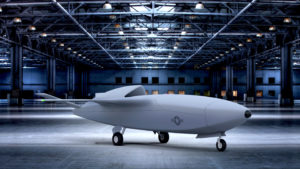
The Air Force has outlined $3.2 billion worth of programs it did not include in the fiscal year 2021 Presidential Budget request in its annual unfunded priorities list to Congress, including advanced technology research and development, new F-35 Joint Strike Fighters and space and cyber activities. The request document, obtained by Defense Daily, includes $1.17 billion for 12 additional F-35A aircraft with initial spares in FY ’21, and $171 million to procure long lead support items for the fighter jet.…

 By
By 











